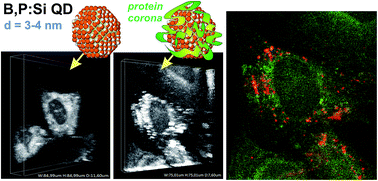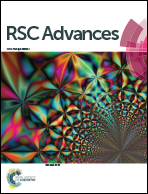The impact of doped silicon quantum dots on human osteoblasts
Abstract
Silicon (Si) nanostructures allow for the expansion of the application spectrum of this important semiconductor material with respect to the fields of optoelectronics and photonics. At the same time, the significant potential of Si quantum dots (SiQDs) has been revealed in terms of their potential application in the areas of biology and medicine due to their biocompatibility, low toxicity and natural biodegradability, unlike currently used semiconductor quantum dots. As far as this study is concerned, SiQDs co-doped with boron and phosphorus were used for the in vitro evaluation of their cytotoxicity in human osteoblasts. Two chemically identical types of SiQD differing in terms of their size and photoluminescence (PL) were studied. They both display long-lasting dispersion in methanol and even in aqueous media as well as PL which is not sensitive either to changes in the environment or surface modifications. Our experiments revealed significant differences between the two types of SiQD tested in regard to their behavior in a cell culture environment depending on increasing concentration (25–125 μg ml−1) and cultivation conditions (the presence or absence of proteins from the fetal bovine serum – a component of the cultivation medium). A detailed description of their optical parameters and the evaluation of zeta potential enhance the understanding of the complexities of the in vitro results obtained.


 Please wait while we load your content...
Please wait while we load your content...